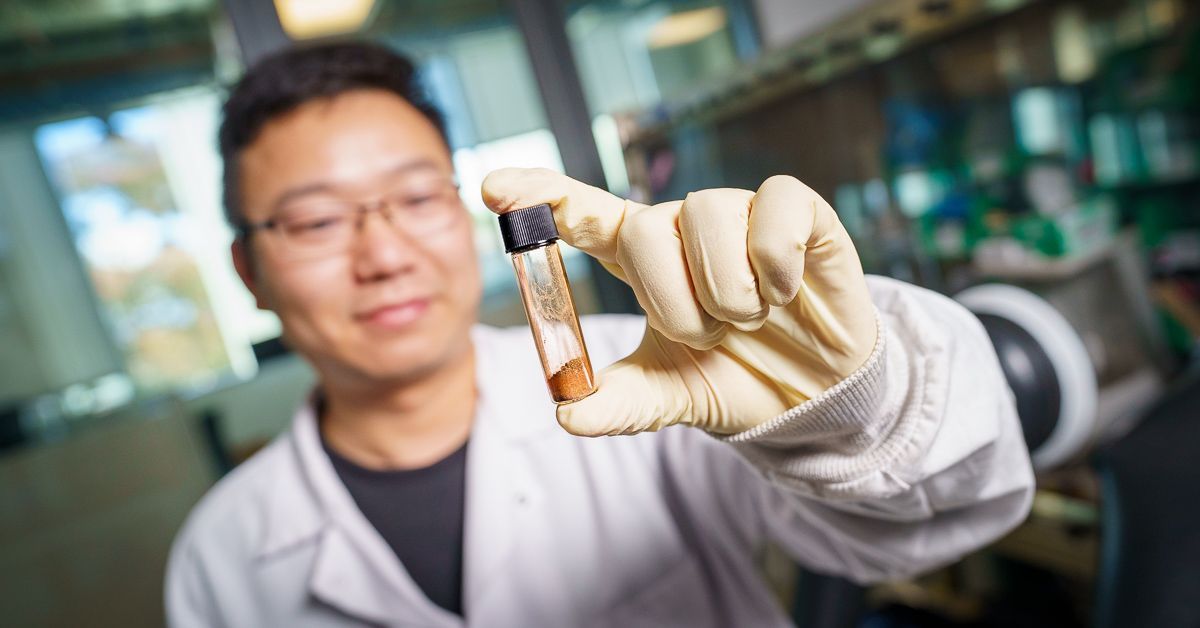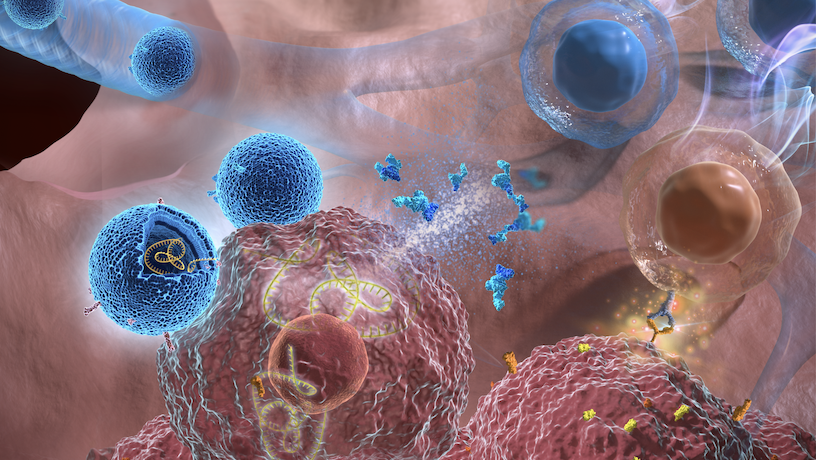FAU Engineering Selected by NASA for University Nanosatellite Program
Florida Atlantic UniversityFlorida Atlantic University’s College of Engineering and Computer Science is among eight university teams in the United States selected to work with NASA and the U.S. military to foster innovation and expertise in the small satellite sector.








































